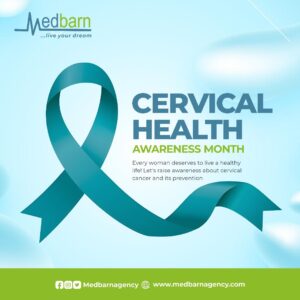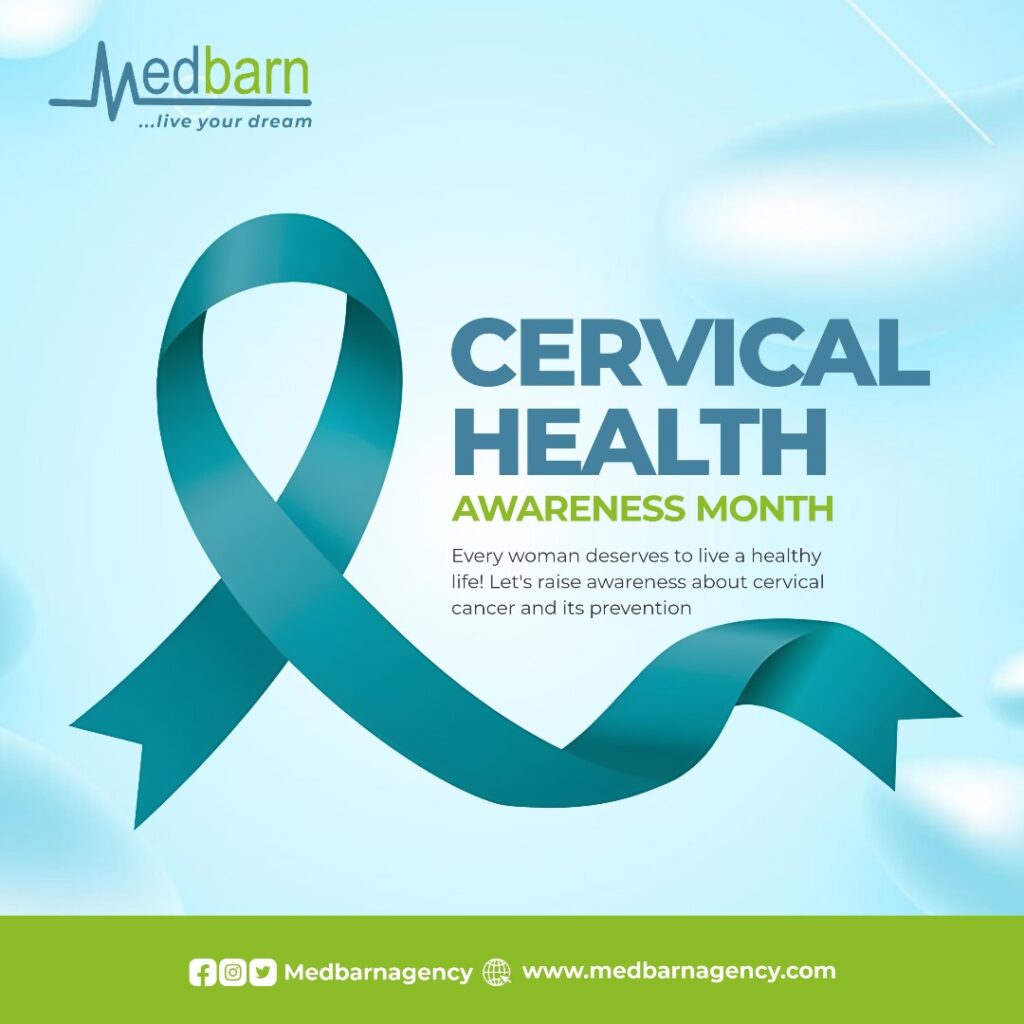Here’s what your menstrual cycle can reveal about your reproductive health when Trying to Conceive
1. Regularity of Your Cycle
A regular cycle (typically 21-35 days) indicates balanced hormones, which are crucial for ovulation. Irregular cycles could signal hormonal imbalances or conditions like polycystic ovary syndrome (PCOS), which can affect your chances of conceiving.
2. Ovulation Signs
Ovulation is the release of an egg, and it usually happens around the middle of your cycle. Signs like a slight increase in body temperature and changes in cervical mucus (becoming clear and stretchy like egg whites) indicate ovulation. If you’re not ovulating, conception is impossible.
3. Length of Menstrual Bleeding
A period that lasts between 2 to 7 days is considered normal. Extremely heavy, prolonged, or very light bleeding can be signs of issues like fibroids, hormonal imbalances, or other reproductive health concerns that could affect fertility.
4. Pain and Discomfort
Severe menstrual pain could be a sign of endometriosis or fibroids, both of which can affect your ability to conceive. Mild cramping is normal, but extreme discomfort should be checked by a doctor.
5. Luteal Phase Length
The luteal phase, the time between ovulation and your next period, should be around 12-16 days. A short luteal phase might indicate a problem with maintaining a pregnancy, as it suggests low progesterone levels, which are necessary for embryo implantation.
6. Cycle Irregularities
Spotting between periods, missed periods, or drastically fluctuating cycle lengths can indicate conditions like thyroid imbalances or ovarian cysts, which can impact fertility.








